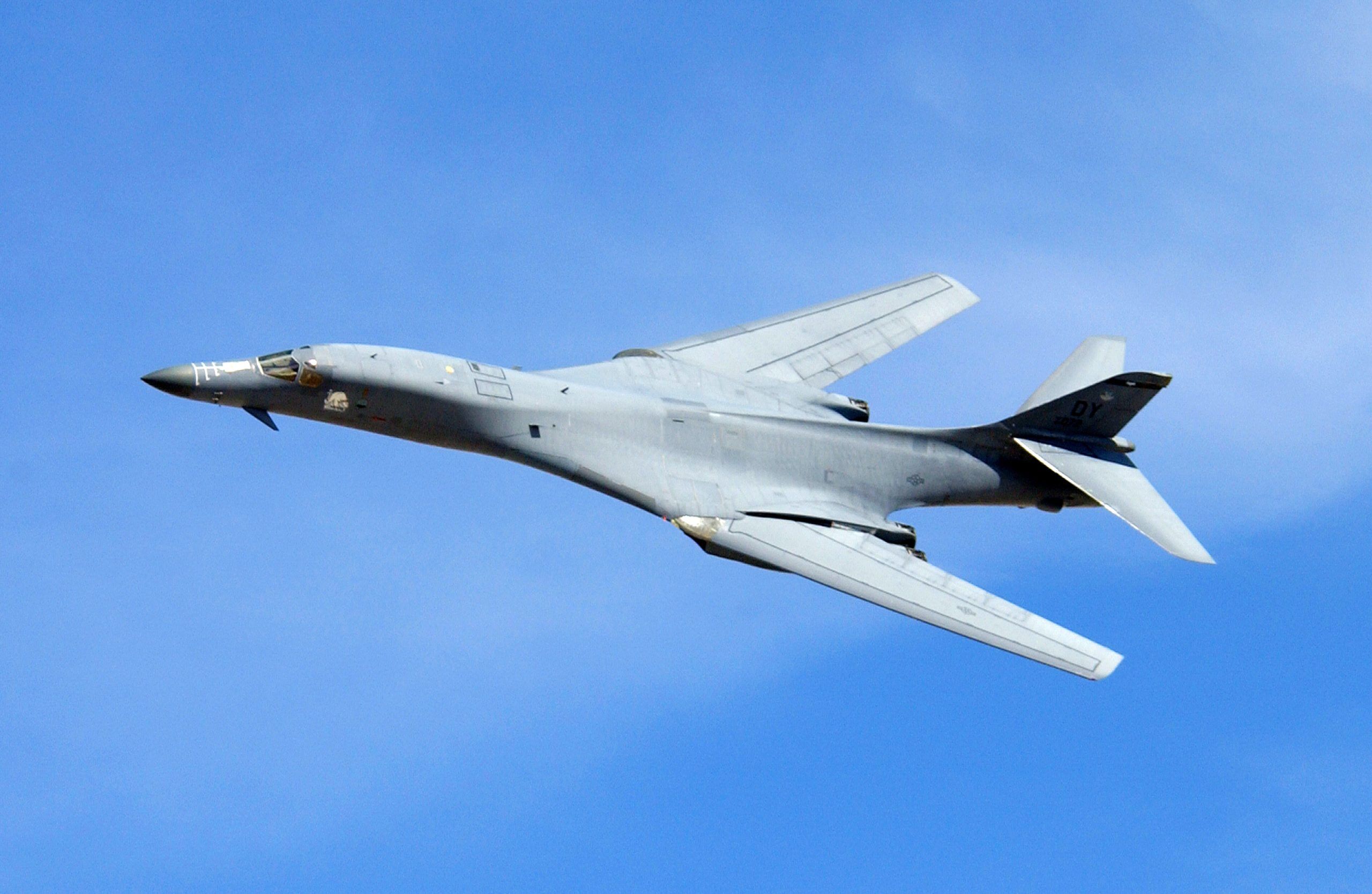The following article on supersonic jets is an excerpt from Barrett Tillman’s book On Wave and Wing: The 100 Year Quest to Perfect the Aircraft Carrier. It is available to order now at Amazon and Barnes & Noble.
The 1950s brought immense change to carrier aviation: angled decks, mirror landing systems, steam catapults, and supersonic jets. Many early jets exceeded Mach one (760 mph at sea level) in dives, but “busting the Mach” in level flight was another matter.
The first naval aircraft to earn the distinction of being a supersonic jet was Vought’s sleekly elegant F8U-1 Crusader, which achieved the record on its first flight in March 1955. The Crusader was an all-or-nothing effort for the company, which had invested heavily in the previous F7U Cutlass, a notoriously poor performer. In fact, one test pilot of the Cutlass claimed to have written to Westinghouse, saying, “I have just flown the XF7U-1 Cutlass with your J34 engine and want you to know that your jets produce less heat than your toasters.”
The F-8 (redesignated from F8U in 1962) enjoyed a long if checkered career. Its blazing speed—ultimately Mach 1.8—lent it to reconnaissance as well as fighter missions, equipping more than thirty deployable Navy and Marine Corps squadrons, and it served in the French Navy from 1964 to 1999. Over Vietnam “the last gunfighter” rang up the best killloss ratio of the war. However, it was extremely demanding in the carrier landing pattern and had one of the highest accident rates in history—a point of perverse pride among surviving F-8 pilots. Of 1,266 Crusaders produced, 1,106 were involved in major accidents.
Among the U.S. Navy’s other late 1950s supersonic jets were the long-lived McDonnell F4H Phantom II. It began setting records from its first flight in 1958 and was adopted by the Air Force five years later. A powerful Mach two interceptor, its two-man crew was tasked with fleet defense, relying wholly upon heat-seeking and radar-guided missiles. In order to provide a balanced air group on Forrestal-class carriers, one fighter squadron usually flew Phantoms and the other Crusaders.
McDonnell merged with Douglas in 1967, a union that lasted thirty years (until “McDouglas” was absorbed by Boeing), so, through most of its career the F-4 (like the A-4 Skyhawk) was a McDonnell Douglas product. The F-4 became a cult machine with a global following. It was flown by nine other nations, with both the RAF and Royal Navy accepting the type. Extremely stable and well-behaved in landing configuration, the F-4 was popular with pilots flying “around the boat” in carrier approaches, but it required positive technique on catapult shots, where it was prone to over-rotation off the bow. It left the U.S. Navy in 1987, and the Marine Corps held its “Phantom Pharewell” in 1992.
Supersonic jets were now a cornerstone of carrier naval airpower.
This article on supersonic jets is an excerpt from Barrett Tillman’s book On Wave and Wing: The 100 Year Quest to Perfect the Aircraft Carrier. It is available to order now at Amazon and Barnes & Noble.
You can also buy the book by clicking on the buttons to the left.
Cite This Article
"Supersonic Jets: Breaking the Sound Barrier" History on the Net© 2000-2024, Salem Media.
April 25, 2024 <https://www.historyonthenet.com/supersonic-jets>
More Citation Information.


